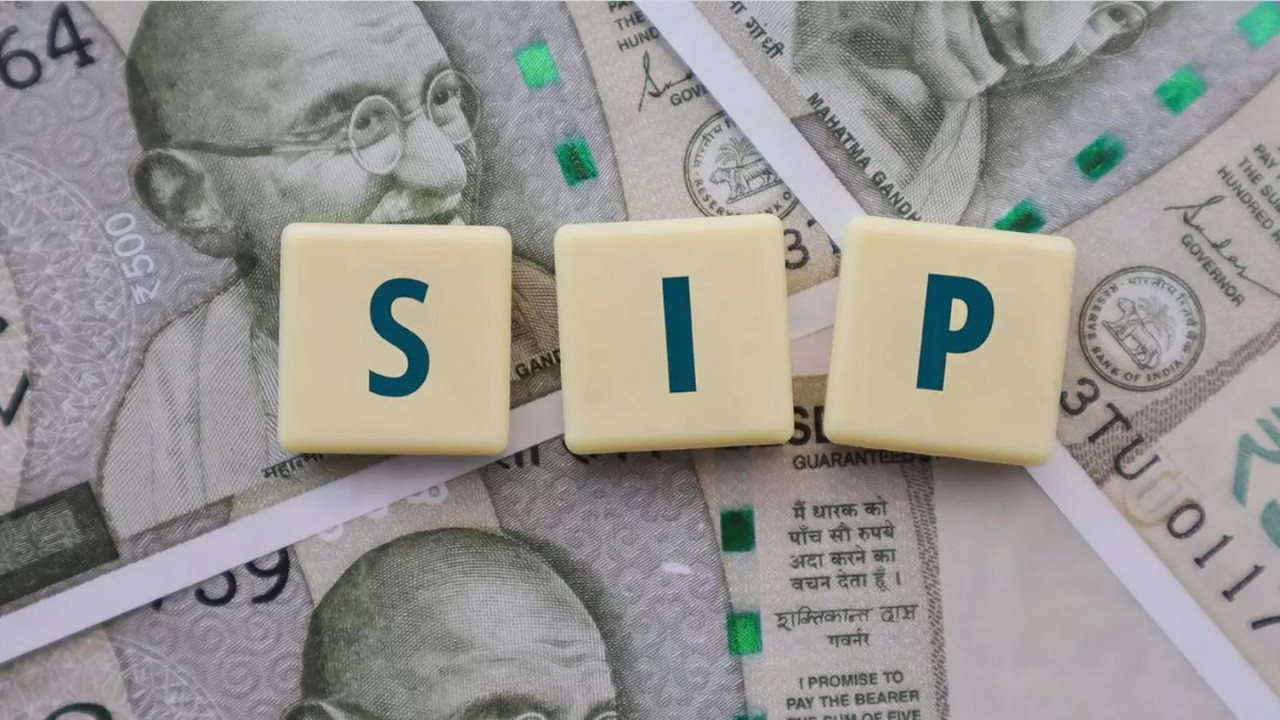Argentina’s central bank formalized a $20 billion currency swap with the United States to bolster economic stability and international reserves. This accord, backed by the Trump administration, arrives before crucial mid-term elections, offering vital support to President Milei amidst rising inflation and economic pressures.
Argentina’s Economic Tightrope Walk: A $20 Billion Lifeline from the US
Argentina’s economy has been a rollercoaster for years, a stomach-churning ride of inflation, debt, and uncertainty. But the latest news out of Buenos Aires offers a potential respite, a moment to catch a breath before the next big drop. The nation has formalized a substantial $20 billion currency swap agreement with the United States, a move designed to bolster its dwindling reserves and provide a crucial buffer against economic headwinds.
This isn’t just about numbers on a spreadsheet; it’s about the everyday Argentinians who are struggling to make ends meet. Imagine trying to plan your monthly budget when the price of basic goods seems to change daily. This Argentina US deal aims to introduce a degree of stability, at least in the short term, offering a glimmer of hope amidst persistent economic anxieties.
So, what does this currency swap actually mean? Essentially, it’s an agreement where two countries exchange currencies. Argentina will receive US dollars, providing a much-needed injection of hard currency into its reserves. In return, the US receives an equivalent amount of Argentine pesos. This allows Argentina to access dollars without having to deplete its existing reserves, which are already stretched thin.
This agreement comes at a critical juncture for Argentina. The country is grappling with sky-high inflation, a deeply indebted economy, and a population increasingly weary of economic turmoil. Presidential elections loom on the horizon, adding another layer of uncertainty to the mix. This deal is, therefore, not just an economic maneuver; it’s a political one as well. It could provide the current government with a much-needed boost in confidence and credibility as they head into the electoral battleground.

While a $20 billion lifeline sounds impressive, it’s crucial to remember that it’s not a magic bullet. It won’t solve Argentina’s underlying economic problems overnight. The country still needs to address issues like fiscal imbalances, structural reforms, and attracting long-term investment. This currency swap is more of a temporary bandage, buying time for the government to implement more sustainable solutions.
The timing of the currency swap is particularly significant. Argentina is facing mounting pressure to repay its debts, including those owed to the International Monetary Fund (IMF). Having access to these dollars could ease some of that pressure and prevent a potential default, which would have devastating consequences for the Argentine economy.
Furthermore, the deal could have a positive impact on investor confidence. A stronger reserve position can make Argentina a more attractive destination for foreign investment. However, to truly unlock its potential, Argentina needs to create a more stable and predictable business environment. Investors are often wary of countries with volatile currencies and uncertain economic policies.
The political implications of the agreement also deserve consideration. Some may see it as a sign of closer ties between Argentina and the United States, while others might worry about the conditions attached to the deal. Currency swaps often come with strings attached, and it remains to be seen what commitments Argentina has made in exchange for this financial assistance.
This Argentina US deal isn’t happening in a vacuum; the global economic landscape plays a significant role. Rising interest rates in the US, for example, can put pressure on emerging market economies like Argentina, making it more expensive to borrow money and service debt. The currency swap can help mitigate some of these external pressures, but it’s not a complete shield.
As Argentina navigates this complex economic terrain, it’s important to remember that there are no easy solutions. The country needs a comprehensive strategy that addresses both short-term challenges and long-term structural issues. The $20 billion currency swap is a valuable tool, but it’s just one piece of the puzzle. Argentina must seize this opportunity to implement the reforms necessary to build a more resilient and prosperous economy.
To further explore economic strategies employed by other nations in South America, you might find this article on Brazil’s economic diversification insightful.
The $20 Billion currency swap represents a critical moment for Argentina, offering a temporary buffer against economic instability and a potential boost to investor confidence. While it’s not a panacea, it buys valuable time for the nation to address its deep-rooted economic challenges and pursue sustainable solutions. The success of this agreement will depend not only on the financial injection but also on Argentina’s commitment to reform and long-term economic stability.







